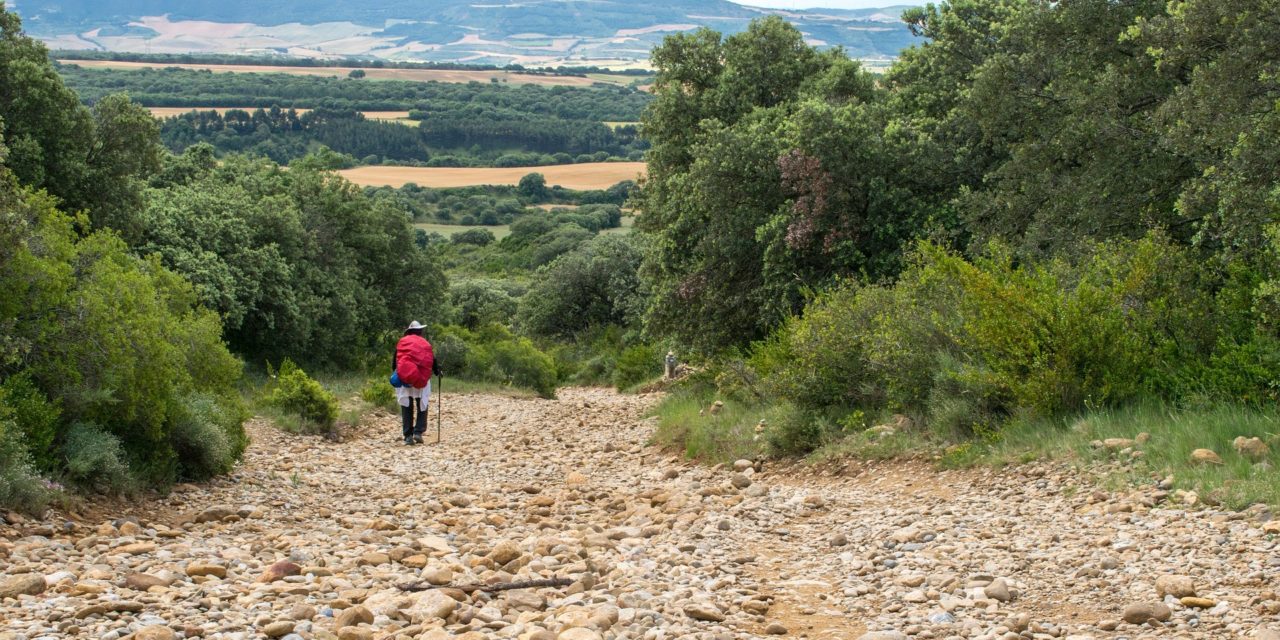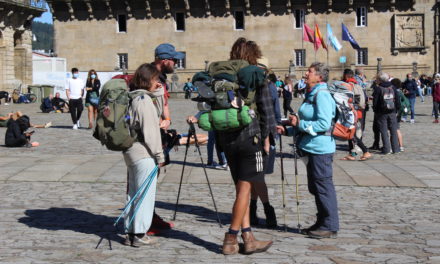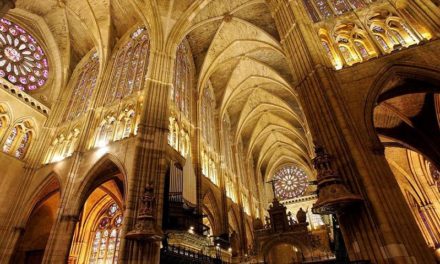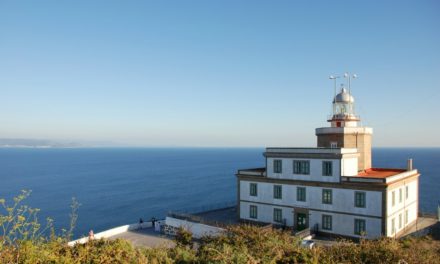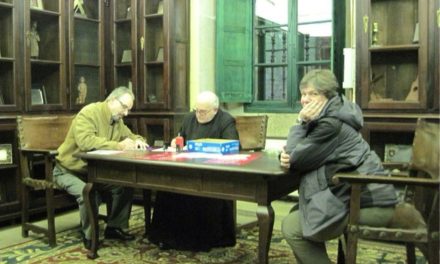The Northern Way is the pilgrimage route that borders the Cantabrian Cornice, it is an overland pilgrimage route but also a maritime one, since many pilgrims did the Camino by ship and then disembarked in one of its ports. These ships came from countries of northern Europe or France, whose territory was difficult to pass through for centuries because of wars and conflicts such as the Hundred Years’ War.
The establishment of a pilgrimage route was decisive in the establishment of hospital networks, historic roads, but above all, for the Calixtino Codex. The pilgrims are the ones who tell us where they passed. The diaries and stories of travellers and pilgrims are the main basis for substantiating the passage of a pilgrimage route through an area. On the Northern Way, texts from the 15th to 19th centuries have been preserved, some of the best known being those of the Flemish Lord de Montigny (1502), the Englishman Robert Langton Clerke (1511), the Polish Jackub Sobieski (1611), the Austrian Christoph Gunzinguer (1654-55) or the Frenchman William Manier (1726).
The current vitality of this route, also known as Transcantábrica or Camino de la Costa, is supported by the efforts of numerous associations of pilgrims and studies, such as those of Arturo Soria Puig who charted the passage of pilgrims from any Cantabrian port, such as the consolidated ports of Castro, Laredo, Santander and San Vicente. Another important indication of the passage of pilgrims are the traces of an important cult and devotion to Santiago: from Guipúzcoa to Ribadeo there are many churches and chapels dedicated to the Apostle, who also became patron of some of its towns and cities, such as Bilbao.
Another fundamental aspect of this route is that, like the Primitive Way, it maintained a close relationship with the city of Oviedo. Many of its pilgrims came there or passed on from there to reach the Cathedral of San Salvador in which an extraordinary treasure of relics is kept, many of them linked with the life and passion of Christ. According to some specialists, up to a third of the pilgrims who have left testimony of their passage on the North Way moved on to visit Oviedo. This is hardly surprising when one remembers that in those times few pilgrims would not have known the Asturian quatrain: Who goes to Santiago / And not the Saviour / Serves the servant / And forgets the Lord.
In spite of everything, the absence of a pre-existing Roman road and the lack of evidence of a well-built hospital network, lead us to conclude that the number of the pilgrims who travelled on the route from Irún was much lower than on the French Way.

